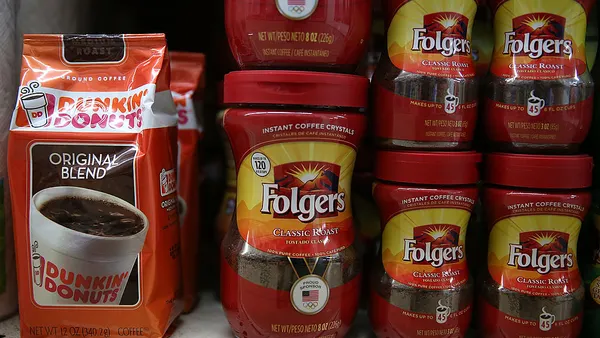The manufacturing industry ended 2023 in contraction, as companies dealt with higher input prices and low demand.
The Institute for Supply Management’s Purchasing Managers’ Index registered 47.4% in December, up 0.7 percentage points from November. It was the industry’s third consecutive month of economic contraction, which is a reading under 50.0%.
The soft market was led by a drop in new orders, which came in at 47.1%, down 1.2 percentage points from November. Some of the industry's biggest sectors, including computer and electronics products, continue to navigate difficult supply chains and shaky markets.
Only one manufacturing sector – primary metals – reported growth in December.
"We close the year in the trough as some of the largest industry sectors that support capital investment continue to be impacted by long lead times and what was an uncertain market recovery," Timothy Fiore, chair of the Institute for Supply Management’s Manufacturing Business Survey Committee, said on a call Wednesday.
The S&P Global PMI Index reported similar market performance in December, with a PMI of 47.9, down from 49.4 the prior month. Like ISM’s index, the contraction was largely due to a fall in new orders caused by lower purchasing power at customers and "global economic uncertainty," according to the S&P Global index report.
Both indices cited higher input costs as a burden to manufacturers at the close of the year, with hikes in prices for steel, aluminum and plastics. The increases, however, were smaller than in previous months, as inflation began to ease.
"While there was some uplift in the rate of both raw material and factory gate selling price inflation, firms' costs notably continued to rise at a pace below the survey’s long-run average to hint at historically subdued industrial price pressures," Chris Williamson, Chief Business Economist at S&P Global Market Intelligence, said in a statement.
Despite the somewhat sour ending to the year's market performance, the industry appears poised for growth in 2024. S&P noted business optimism among manufacturers was up in December to the strongest degree in three months, as was greater investment in advertising.
Looking into Q1 of 2024, Fiore said he expects to see the PMI reach growth territory of above 50.0% around March. He added that manufacturers closed the year "on a good note," with production and revenues stable, and have positioned themselves well for upcoming growth.
Fiore noted that he expects new orders to be the "most dynamic growth number" in Q1.
ISM reported last month that it expects revenues in the industry to grow 5.6% in 2024, with revenue growth expected in 15 of 18 manufacturing sectors.
"I'm tired of being under 50 and I think I can see my way to getting out of this in the short-term," Fiore said
















